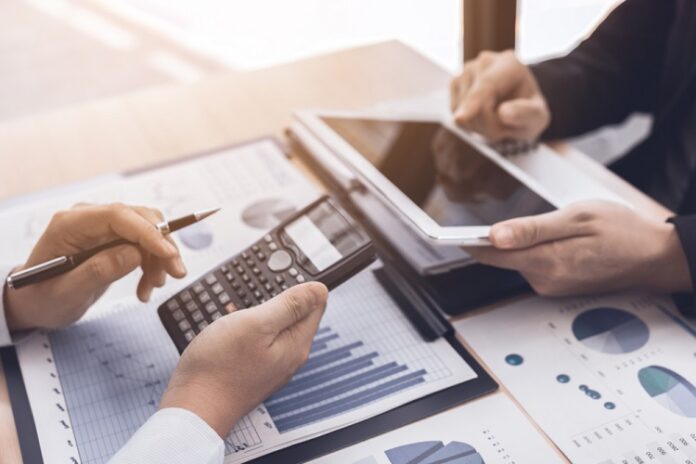Technical analysis is the process of using past price movements to identify patterns or trends in the market. To effectively use technical analysis in trading, you need to learn how to read trading charts. Here are some of the techniques you can use to analyze trading charts:
Table of Contents
Identifying Support and Resistance Levels
Trading professionals use important price levels known as support and resistance levels to decide whether to enter or stop a transaction. Support levels are the prices at which buyers have traditionally joined the market and open trading account, halting the decline of prices. On the other side, resistance levels are price levels where sellers have traditionally joined the market to stop prices from rising. When entering or exiting trades, traders can make more educated judgments by recognizing support and resistance levels.
Analyzing Price Action
Price action is the movement of an asset’s price over time. By analyzing price action, traders can identify market trends, reversals, and other patterns. Price action analysis requires traders to look for critical price levels and patterns on trading chart. They then use this information to make trading decisions based on the asset’s trend.
Identifying Chart Patterns
Chart patterns are collections of price changes that take the form of identifiable patterns. These patterns can be bullish or bearish, and traders utilize them to spot potential trading opportunities. Triangles, double tops and bottoms, and head and shoulders are a few of the most popular chart patterns. Understanding chart patterns can aid traders in forecasting market changes and helping them make wise trading choices.
Applying Technical Indicators
Technical indicators are mathematical formulas that traders use to identify potential trading opportunities in the market. They use these indicators to analyze trading charts and identify trends, momentum, and potential reversals. Some common technical indicators traders use include moving averages, relative strength indexes, and stochastic oscillators.









